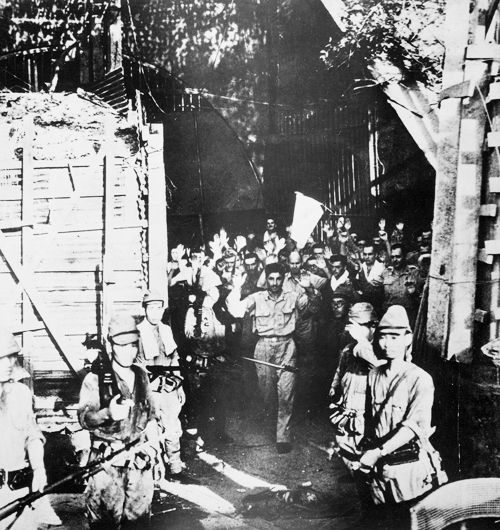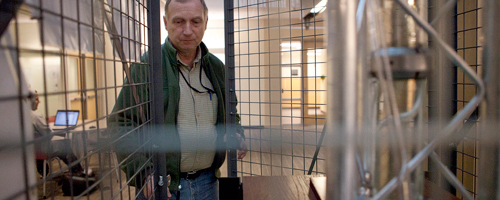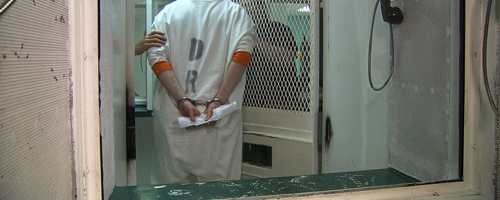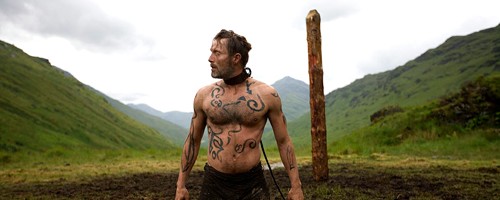An accurate history of Japanese internment camps seems conspicuously absent from the U.S. education system. Many young Americans learned more about internment camps from reading Snow Falling on Cedars than in all of high school, and that’s not saying much.
Peace, lies and allies

An accurate history of Japanese internment camps seems conspicuously absent from the U.S. education system. Many young Americans learned more about internment camps from reading Snow Falling on Cedars than in all of high school, and that’s not saying much.
America’s relationship with Japan in the second half of the 20th century is even more enigmatic, and it’s the focus of Brown University professor Dr. Naoko Shibusawa’s talk on campus this Thursday, “Surviving Collaboration in the Aftermath of War.”
Shibusawa is the author of the 2006 book America’s Geisha Ally: Reimagining the Japanese Enemy. The focus of her work is the strange dichotomy between America’s view of Japan during World War II and its view of it during the Cold War.
During World War II, Americans generally perceived a difference between the Nazi Party and the “good” Germans (and it took many people a while to acknowledge the Nazis were bad, but that’s another story).
German aggression was not seen as the norm, but instead the result of a fringe group, or just the result of politics gone terribly wrong—after all, these were blond, blue-eyed Europeans.
The Japanese were perceived in a much different way.
America’s view of the Japanese after the bombing of Pearl Harbor was strikingly similar to the view of Muslims after 9/11, and it was much more nationally condoned: The Japanese were dehumanized and regarded as barbarians bred to kill and die, incapable of true emotion or reason.
The idea that the Japanese were literally evolutionarily inferior to Westerners was common. Racist and xenophobic propaganda persisted until after the war. And unlike the racist propaganda of modern times, it was created and sponsored by the U.S. government.
“Racism was arguably America’s original sin, and here on the West Coast, historically, much of the racism has been directed against Asian-Americans,” said Dr. Ken Ruoff, history professor and director of the PSU Center for Japanese Studies, which is sponsoring the event, in an email.
So what changed? It’s almost shocking how quickly Japan became an American ally after the occupation of the country ended in 1952.
The answer was the rise of communism in Asia—China, North Korea and North Vietnam in particular. Japan was the one opportunity that America had to combat Asian communism during the Cold War, and the country soon became an important ally.
Thus, in a handful of years, politicians began encouraging the American public to reverse its previous view of the Japanese, which had of course been spoon-fed to them by the government. Shibusawa’s work chronicles the radical and remarkable ways this was accomplished.
Surviving Collaboration in the Aftermath of War
A lecture by Brown University’s Dr. Naoko Shibusawa
Thursday, Feb. 28, 6 p.m.
Smith Memorial Student Union, room 38
Free and open to the public
While this is a large and complicated topic, Shibusawa’s talk at PSU will focus on the story of two U.S. Army sergeants, Richard M. Sakakida and John David Provoo. Both men were former prisoners of war who went on to live strikingly different lives after World War II.
Sakakida, the Japanese-American, became a decorated military hero. Provoo, the white American, was put on trial for treason and later became an anti-war demonstrator during Vietnam.
The two men and their unpredictable relationships with the nation they both called home paint a compelling portrait of Cold War-era life in America. Shibusawa will address racism, patriotism and the complex nature of identity.
“Shibusawa…has devoted much of her scholarship to the topic of race and the Japanese-American experience, and that shall also be the topic of her lecture,” Ruoff said. “Shibusawa is a somewhat rare academician in the sense that her scholarship is of the highest quality and yet she is able to write and to speak in a way that is downright entertaining to specialists and nonspecialists alike.
“Her book, America’s Geisha Ally, is a great read,” Ruoff said. “It explains how, in the postwar era, Japan was of immense importance to American policymakers because, to use the lingo of the time, to have Japan properly ‘grow up’ into a democratic, capitalist society would help invalidate Marxist critiques of racist, imperialist capitalism during the Cold War battle over ideology.”
Shibusawa’s talk should be appealing if, like many of us, you’re intrigued by how unfamiliar we are with Japanese-American relations. And it should be a huge draw for students who are passionate about Japanese culture and history.
But the underlying themes of Shibusawa’s work go deeper than Japanese issues. The exploration of racism, cultural identity and what it means to be American can be seen in many different contexts.
It’s a question of how human beings learn to belong even when they’ve been told their whole lives that they don’t, and how some of us do the opposite.








Thank you Breana for this wonderful write-up of the talk. Our last few CJS talks have had huge turnouts of 100+ people including students and community members. We expect that Dr. Shibusawa’s talk will be of great interest to our PSU students. Thank you for helping us get the word out!
Jon Holt
Assistant Professor – Japanese Literature
World Languages and Literatures
Portland State University
P.S. There is a typo in the room listing. It’s in SMITH 238 not 38.